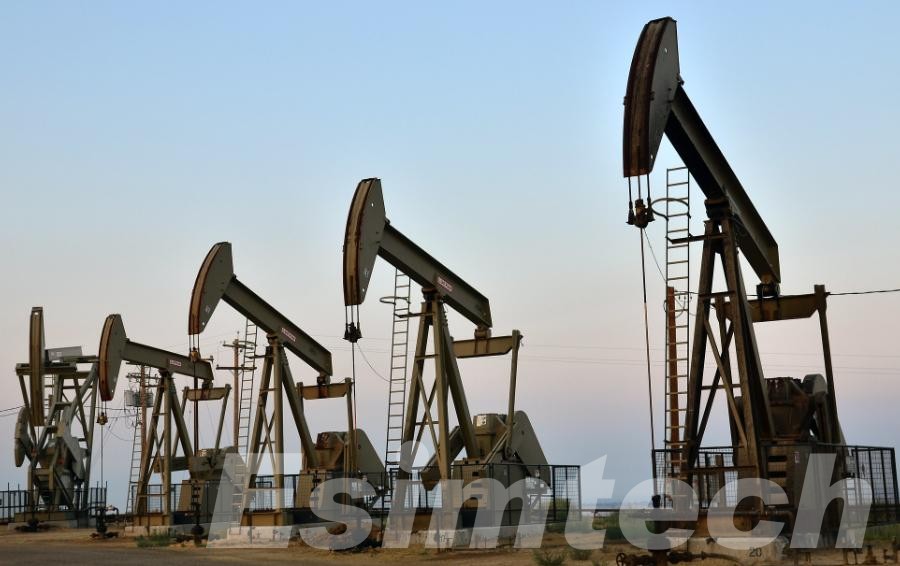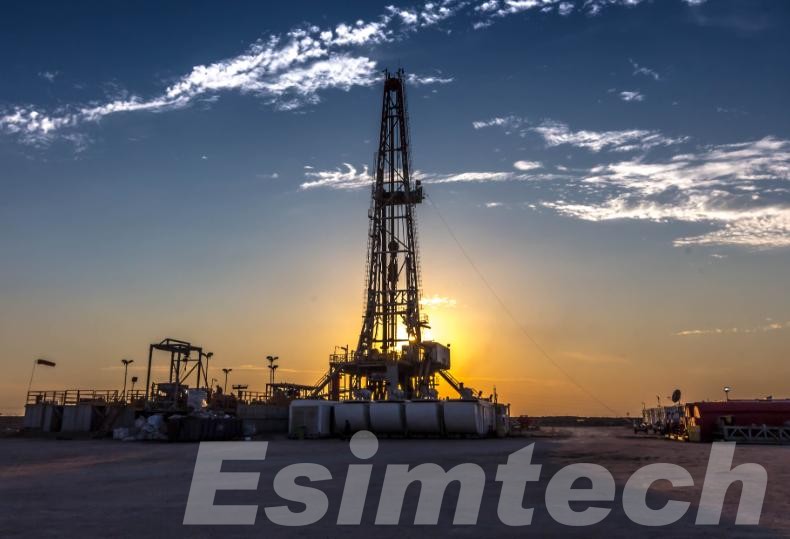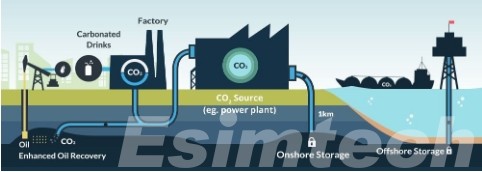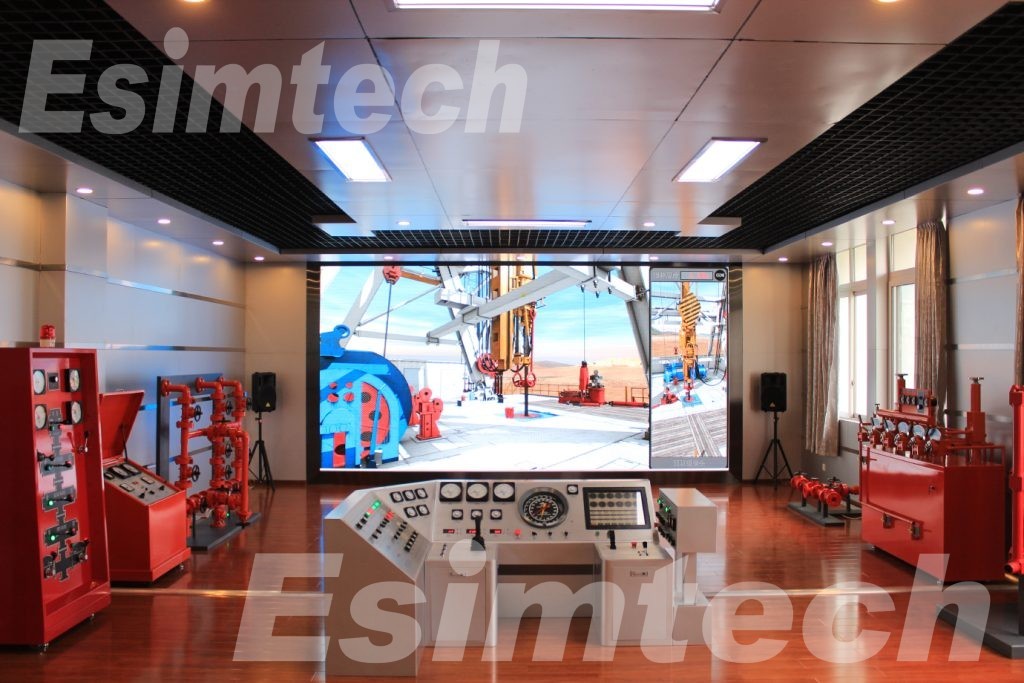How Oil and Gas Drilling Adapt to the Low-Carbon Economy
The global shift to a more low-carbon economy is reshaping industries around the world, and the oil and gas industry is no exception. As governments, businesses, and consumers prioritize sustainability, the oil and gas drilling industry faces challenges and opportunities to adapt. This article explores how the low-carbon economy is affecting oil and gas drilling, the strategies companies are taking to remain competitive, and the innovations driving this shift.

How Low-Carbon Economy Influence Oil and Gas Drilling
The global transition to a low-carbon economy is driven by the urgent need to reduce greenhouse gas emissions and combat climate change, has created a new set of challenges and opportunities for the sector. People are increasingly prioritizing sustainability, which is forcing oil and gas companies to rethink their traditional practices and adapt to a rapidly changing energy landscape.
- One of the most significant influences comes from regulatory pressure. Governments around the world are implementing stricter environmental policies, such as carbon taxes, emissions caps, and mandates for cleaner energy production. These regulations are compelling oil and gas companies to rethink their operations and invest in technologies that reduce their carbon footprint.
- At the same time, investor expectations are shifting dramatically. Environmental, Social, and Governance (ESG) criteria have become a key focus for investors, who are increasingly directing capital toward companies that demonstrate a commitment to sustainability. This trend is pushing oil and gas firms to adopt more transparent and environmentally responsible practices, as failure to do so could result in reduced access to funding and higher costs of capital.

- Market dynamics are another critical factor influencing the industry. The growing demand for renewable energy sources, such as wind, solar, and hydrogen, is reshaping the global energy landscape. While fossil fuels continue to play a significant role in meeting energy needs, their long-term demand is expected to decline as renewable energy becomes more accessible and affordable. This trend is forcing oil and gas companies to diversify their portfolios and explore new business models that incorporate clean energy solutions.
- Ultimately, public perception is crucial in determining the direction of the industry. As consumers and communities become more outspoken about demanding accountability from oil and gas companies for their environmental impact, social pressure intensifies. This, coupled with the rising awareness of climate change, is pushing companies to embrace more sustainable practices and show their dedication to cutting emissions. In this new era, adapting to the low-carbon economy is not merely a competitive edge—it is essential for survival.
Strategies for Adaptation in Oil and Gas Drilling
To remain relevant in a low-carbon economy, oil and gas companies are adopting innovative strategies to reduce their carbon footprint and improve operational efficiency. Here are some key approaches:
Embracing Renewable Energy Integration
A key approach for oil and gas companies to adjust to the low-carbon economy involves incorporating renewable energy sources into their operations. The energy demands of oil and gas drilling have traditionally been met by fossil fuels. However, with the global energy landscape shifting toward more sustainable sources, an increasing number of companies are adopting solar, wind, and geothermal energy for their drilling activities. By utilizing renewable energy in the drilling process, these companies can decrease their reliance on carbon-intensive power sources, thereby reducing their overall carbon footprint. Additionally, as renewable energy technologies become more cost-effective, this transition can contribute to lower operational expenses over time.
Carbon Capture, Utilization, and Storage (CCUS)

Another essential adaptation strategy for the oil and gas industry is Carbon Capture, Utilization, and Storage (CCUS) technologies. These technologies work by capturing carbon dioxide emissions generated during drilling and other industrial activities, after which the captured CO2 is either stored underground or repurposed for various applications. Through the adoption of CCUS, companies can substantially cut down their emissions while complying with increasingly stringent environmental regulations. Additionally, CCUS facilitates the development of a circular carbon economy, allowing captured CO2 to be utilized in sectors such as manufacturing and agriculture, thereby opening up new revenue opportunities. As advancements continue to enhance its efficiency and economic feasibility, CCUS is anticipated to become a key component in the decarbonization of the oil and gas industry.
Simulation Improving Operational Efficiency

The oil and gas industry is relying more on advanced simulation and data analytics technologies to enhance drilling operations. Through real-time data, machine learning models, and virtual simulations, companies can improve drilling efficiency, cut down on resource waste, and lessen environmental impact. For example, simulation technologies enable the prediction of optimal drilling techniques, the enhancement of well placement, and the mitigation of accident risks. Moreover, these technologies contribute to optimizing maintenance schedules, strengthening safety measures, and ensuring adherence to environmental regulations. By integrating simulations, operations can become more sustainable while also increasing profitability through improved efficiency.
Transitioning to Low-Carbon Fuels
Another key strategy for adapting to the low-carbon economy is the transition to low-carbon fuels such as natural gas, hydrogen, and biofuels. These fuels produce fewer greenhouse gas emissions compared to traditional oil and coal. Natural gas, for example, is a cleaner alternative to coal for power generation and is increasingly being used to power drilling rigs and other equipment. Hydrogen, particularly green hydrogen produced through renewable energy, holds great potential as a fuel for the oil and gas industry, with applications in drilling operations, transportation, and refining. By adopting low-carbon fuels, oil and gas companies can reduce their environmental impact and contribute to the global effort to achieve net-zero emissions.
These adaptation strategies are crucial for ensuring that oil and gas drilling remains viable in a low-carbon future. By integrating renewables, leveraging carbon capture technologies, utilizing digital tools, and adopting low-carbon fuels, the industry can contribute to global climate goals while maintaining operational efficiency and profitability.
Innovations Driving Change in Oil and Gas Drilling
The oil and gas drilling industry ‘s transformation to a low-carbon economy not only help reduce emissions but also improve operational efficiency and safety. Here are some key innovations making an impact:
- Advanced Drilling Technologies: The introduction of innovative drilling methods, including automated and directional drilling, enhances precision, efficiency, and environmental sustainability in operations. By reducing unnecessary drilling, these technologies help lower the environmental impact of resource extraction.
- Data Analytics and AI-Driven Optimization: The management of drilling operations is being transformed by artificial intelligence (AI) and machine learning. Through the analysis of vast amounts of data, these technologies detect patterns and refine drilling strategies, resulting in more economical and environmentally sustainable processes.

- Smart Sensors and IoT Integration: The integration of Internet of Things (IoT) devices and smart sensors into drilling operations enables real-time monitoring of various processes. This innovation provides valuable data for predictive maintenance, resource optimization, and safety management, leading to reduced waste and enhanced efficiency.
- Hybrid and Electrified Energy Systems: The adoption of hybrid energy systems, which combine renewable energy sources (like solar or wind) with traditional fuel sources, is transforming drilling operations. Electrified drilling rigs are also becoming more common, significantly reducing emissions and energy consumption during drilling processes.
These innovations are pivotal in shaping a more sustainable and efficient future for the oil and gas drilling industry as it adapts to the demands of a low-carbon economy.
Conclusion
The low-carbon economy is undoubtedly changing the oil and gas drilling industry. While the transition presents challenges, it also provides companies with opportunities to innovate, diversify, and contribute to a more sustainable future. By adopting renewable energy, investing in CCUS, leveraging advanced technologies, and transitioning to low-carbon fuels, the oil and gas industry can adapt to the changing landscape and continue to be an important part of the global energy mix.

